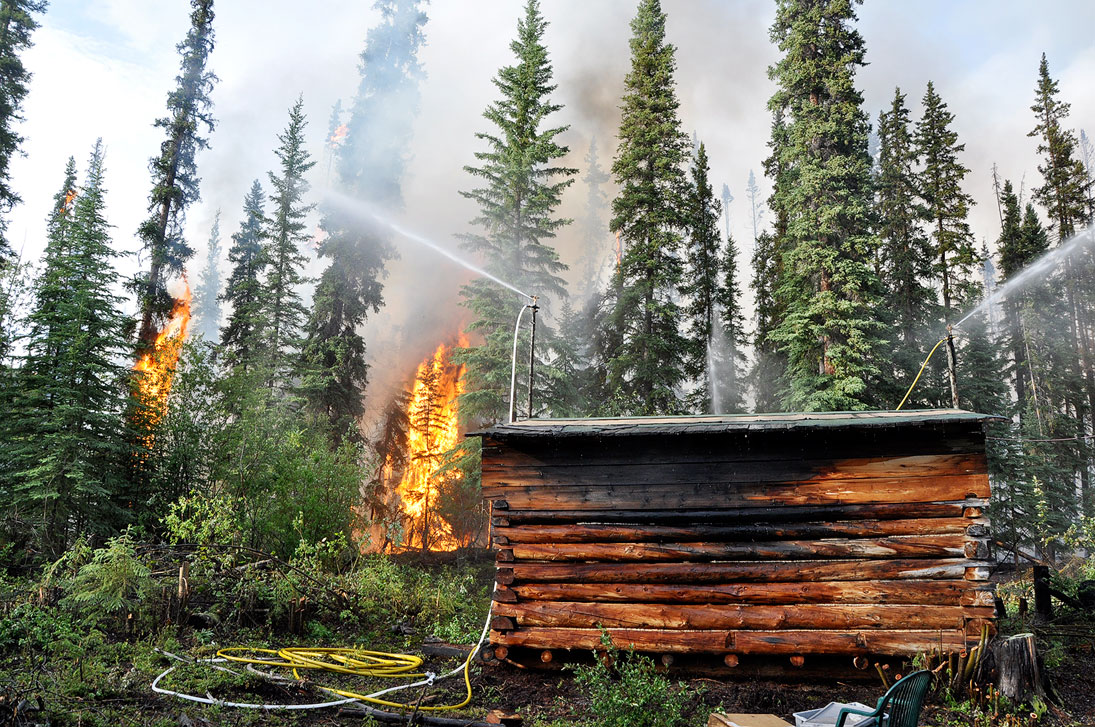Twenty-two fires burning across the territory
There are 22 wildfires burning in the Yukon, though some are only being monitored as they are located in the wilderness zone.
By Chuck Tobin on July 2, 2019
There are 22 wildfires burning in the Yukon, though some are only being monitored as they are located in the wilderness zone.
The Pigue Creek fire, the largest at 44,000 hectares, is burning along the Stewart River between Stewart Crossing and Dawson City.
Fire information officer Mike Fancie of Wildland Fire Management said this morning there are 38 firefighters on the Pigue Creek blaze.
“It’s in the wilderness and transitional zones with a small portion in the strategic zone, so the focus of our efforts, especially given the size of the fire, is on structural protection,” said Fancie.
Four initial attack crews and an 18-person unit crew are on the fire with helicopter support, he added.
There are 10 initial attack crews with support from helicopters and heavy equipment on the Hunker Summit fire burning 26 kilometres south of Dawson City.
Under hot and dry conditions, the Hunker fire saw some extreme fire behaviour over the Canada Day long weekend.
It has resulted in the closures of a couple of roads into the placer gold mining fields.
Three initial attack crews from B.C. have arrived to provide additional resources and a unit crew from Yukon First Nations Wildfire has been called in.
Fancie said there were seven new fires over the weekend, six of which were caused by lightning.
The one human-caused fire, in Pelly Crossing, was a small one at .01 of a hectare, and firefighters have extinguished it, he said.
Of the 22 fires burning, 11 are in the Dawson region, four of which have started since last Friday. The fire danger rating in the region is high.
Old Crow is the only region today where the danger rating is extreme.
The danger rating for the Carmacks and Ross River regions is high, while Teslin and Watson Lake are at moderate.
The danger rating for Whitehorse, Mayo, Haines Junction and Beaver Creek is low.
Smoke from various fires, including some in Alaska, is affecting many parts of the territory, including Whitehorse.
The capital also experienced several thunderstorms and record-breaking heat in excess of 30 C over the long weekend.

Be the first to comment